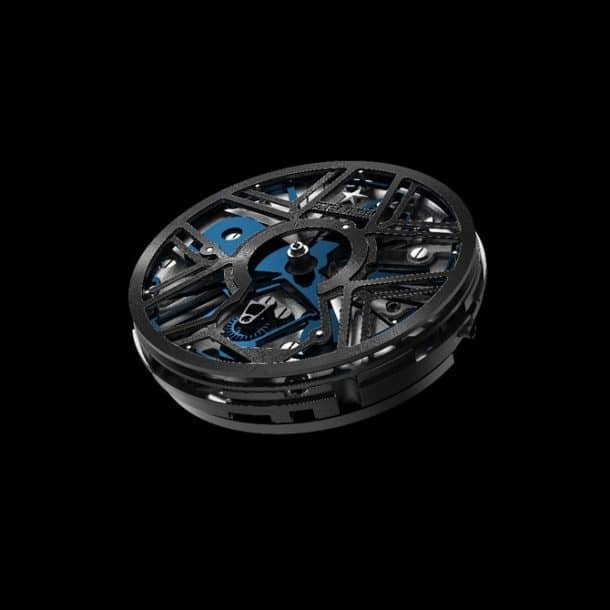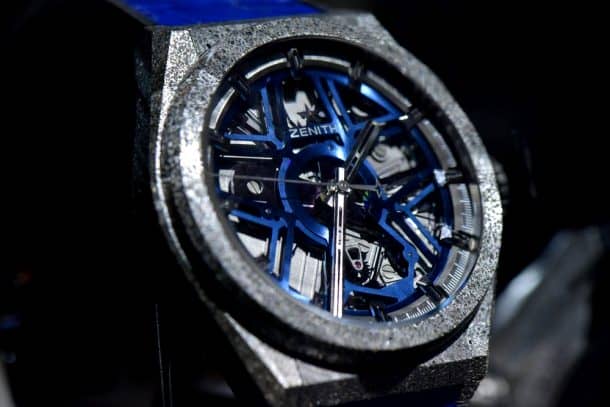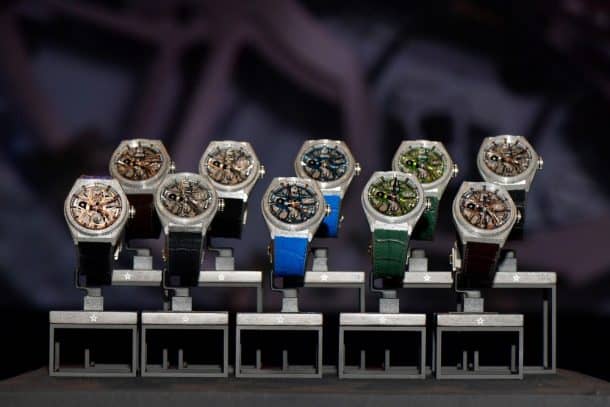Watchmaking is a trade going back centuries. For centuries there has not been a major breakthrough in the field. Once the first mechanical watch was invented, pretty much the same method was employed to manufacture the rest of them. New features are introduced from time to time, like the compass and touchscreen watches by Tissot and other big names of the industry. But, the basic principle underlying the construction has always been the same.
All that changed when the Swiss watchmaker Zenith replaced the conventional spring escapement with a precisely engineered silicon disc. This spring balance equipment has been employed in all the mechanical watches made after its discovery back in 1675. The modern versions of watches essentially employ the same mechanism but in the form of a balance wheel, balance spring , escape wheel and a pallet that transforms the energy coming from the mainspring into a series of precise pulses.
After a glance at the Zenith Defy lab watch, it is clear to anyone who has the slightest knowledge about watchmaking that something is amiss. They have not used the conventional techniques and instead of the spring balance system used in watches worldwide, they have introduced their new oscillator. Zenith claims that due to the introduction of this new technology, the Defy Lab is the world’s most accurate mechanical watch.

Using the new oscillator allows Zenith to replace 30 or so components with just one. This new oscillator is a single monolithic skeletal disc 0.5 mm thick. It comprises of a mono-crystalline silicon with a coated layer of silicon dioxide with tolerance in micrometers. This is accomplished by Deep Reactive Ion Etching (DRIE), which uses plasma make deep, precise etchings.
Although Zenith is not very willing to share details on the working of the new oscillator, experts have analyzed it and have a good idea on how it works. Hackaday claims that the silicon disc is actually a pattern of vanes and springs with two tiny teeth used in the transfer of forces to and from the oscillator. There are different sets of blades. Three of them acts as springs, whereas the shorter ones are the cause of turning movement in the watch’s gears. A final set of blades act as dampers to restrict motion in the vertical direction.

Another fact that makes the new Defy Lab superior is the fact that the oscillator does not require lubrication or calibration and does not depend on temperature gradients. It is unaffected by gravitational as well as magnetic fields. It has a beating frequency of 15 Hertz with an amplitude of +/- 6 degrees. This provides an accuracy of within 0.3 seconds per day. To get an idea of how high that accuracy is, a chronometer certification requires an accuracy of 10 seconds per day.
Another feature worth mentioning is the material used in these watches. They have used Aeronith, the world’s lightest aluminium composite material. Even though it gives an outward appearance of a solid metal, it is actually an aluminium sponge filled with a UV-resistant polymer that makes it 2.7 times lighter than titanium and 10 percent lighter than carbon composites. The end product is a very light and strong case that is water resistant up to 5 ATM.

If you wish to own one of these $30,000 watches, you will have to wait as Zenith only made ten of these models and they were all pre-sold before the debut. Zenith is, however working on mass production of the new design.


